Life
Sign up for our newsletter
We summarize the week's scientific breakthroughs every Thursday.
-
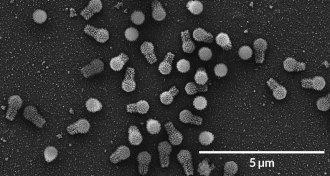 Life
LifeThese giant viruses have more protein-making gear than any known virus
Scientists have found two more giant viruses in extreme environments in Brazil.
By Dan Garisto -
 Animals
AnimalsThis scratchy hiss is the closest thing yet to caterpillar vocalization
A new way that caterpillars make noise may involve (tiny) teakettle‒style turbulence.
By Susan Milius -
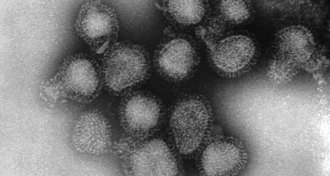 Neuroscience
NeuroscienceSome flu strains can make mice forgetful
Mice infected with influenza had memory problems a month later, a result that hints at a link between infections and brain performance.
-
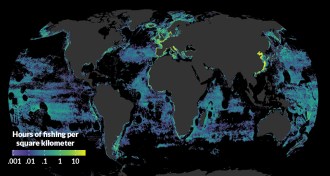 Earth
EarthNew mapping shows just how much fishing impacts the world’s seas
Industrial fishing now occurs across 55 percent of the world’s ocean area while only 34 percent of Earth’s land area is used for agriculture or grazing.
-
 Genetics
GeneticsThe last wild horses aren’t truly wild
The ancestor of today’s domesticated horses remains a mystery after a new analysis of ancient horse DNA.
-
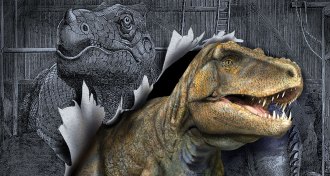 Paleontology
PaleontologyNew fossils are redefining what makes a dinosaur
While some researchers question what characteristics define the dinosaurs, others are uprooting the dino family tree altogether.
-
 Life
LifeA fake organ mimics what happens in the blink of an eye
A newly crafted artificial eye could help researchers study treatments for dry eye disease and other ailments.
-
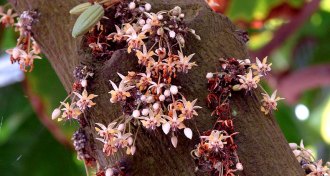 Plants
PlantsThe flowers that give us chocolate are ridiculously hard to pollinate
Cacao trees are really fussy about pollination.
By Susan Milius -
 Neuroscience
NeuroscienceBabies can recover language skills after a left-side stroke
Very young babies who have strokes in the language centers of their brain can recover normal language function — in the other side of their brain.
-
 Tech
TechThis stick-on patch could keep tabs on stroke patients at home
New wearable electronics that monitor swallowing and speech could aid rehabilitation therapy for stroke patients.
-
 Space
SpaceAmericans would welcome alien life rather than fear it
Americans would probably take the discovery of extraterrestrial microbes pretty well.
-
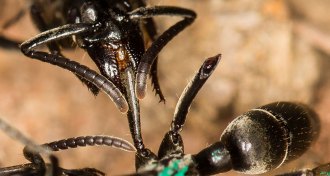 Animals
AnimalsAnts practice combat triage and nurse their injured
Termite-hunting ants have their own version of combat medicine for injured nest mates.
By Susan Milius